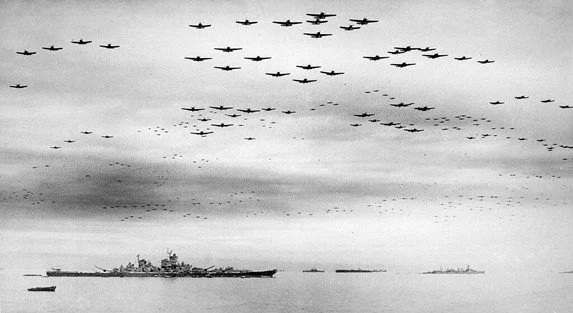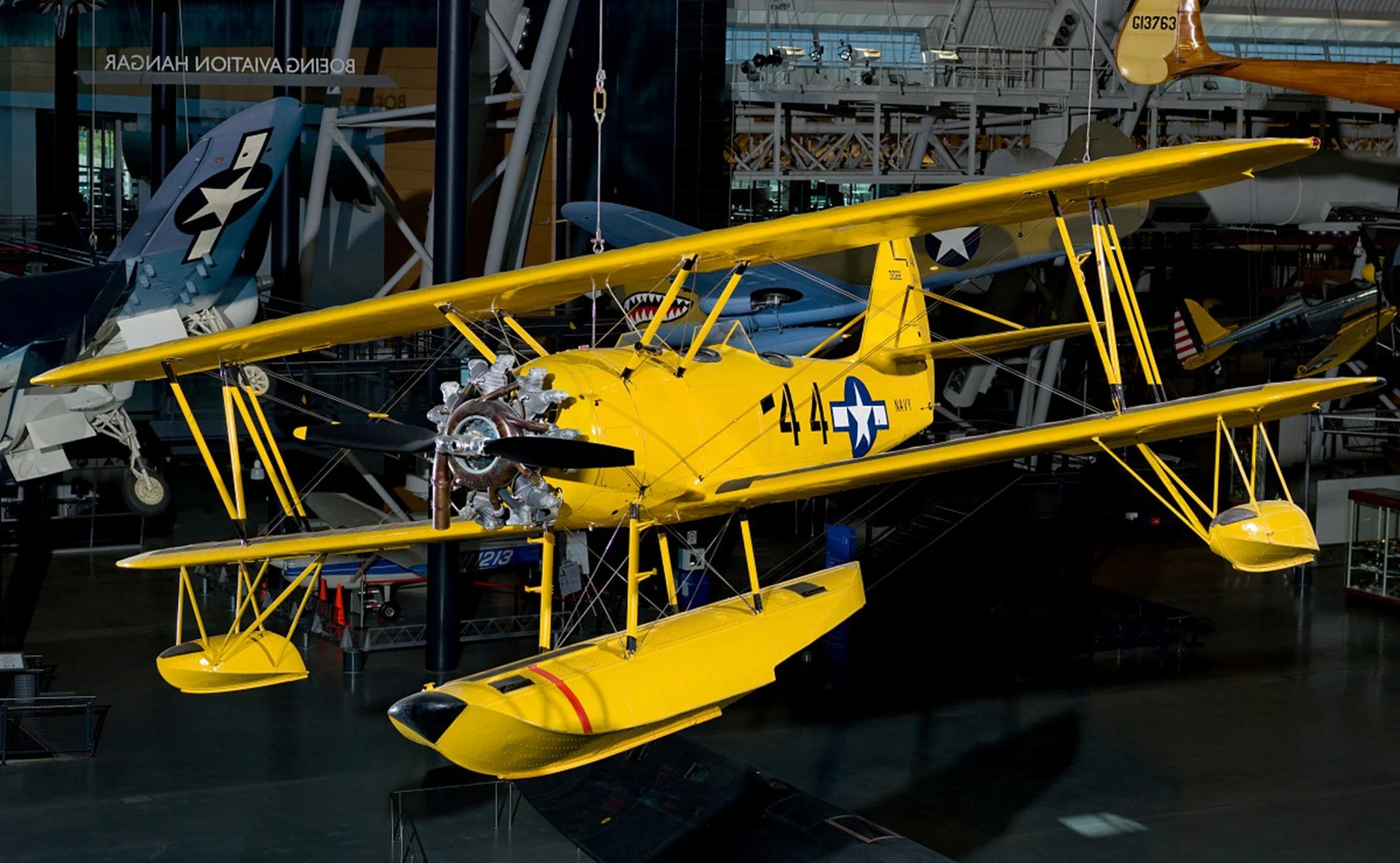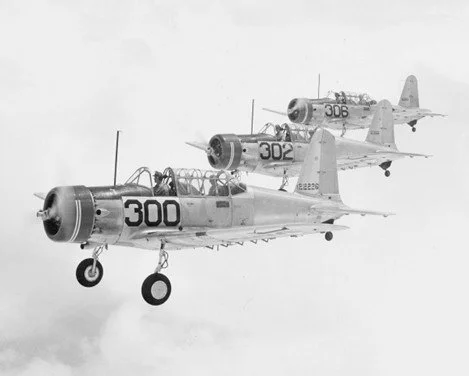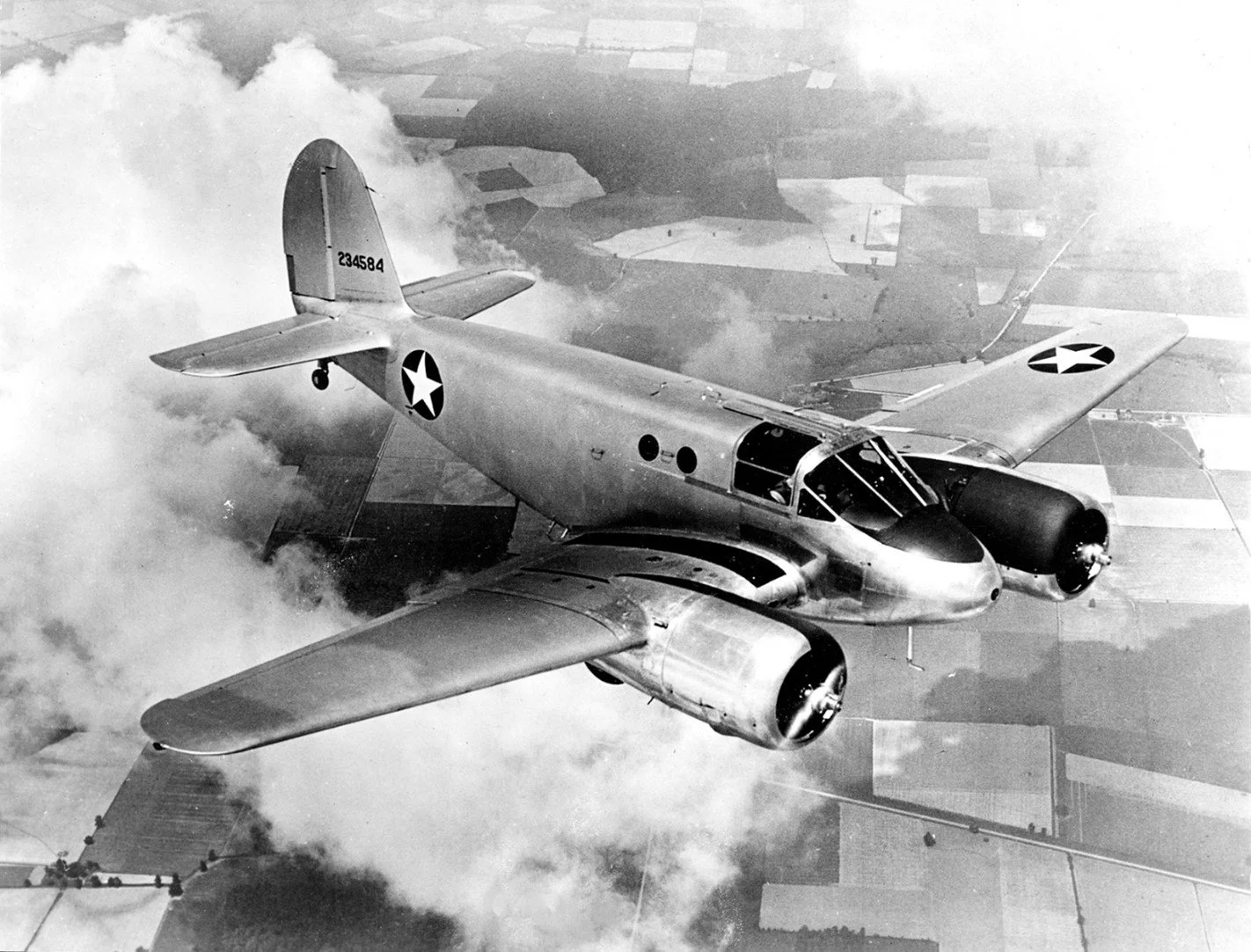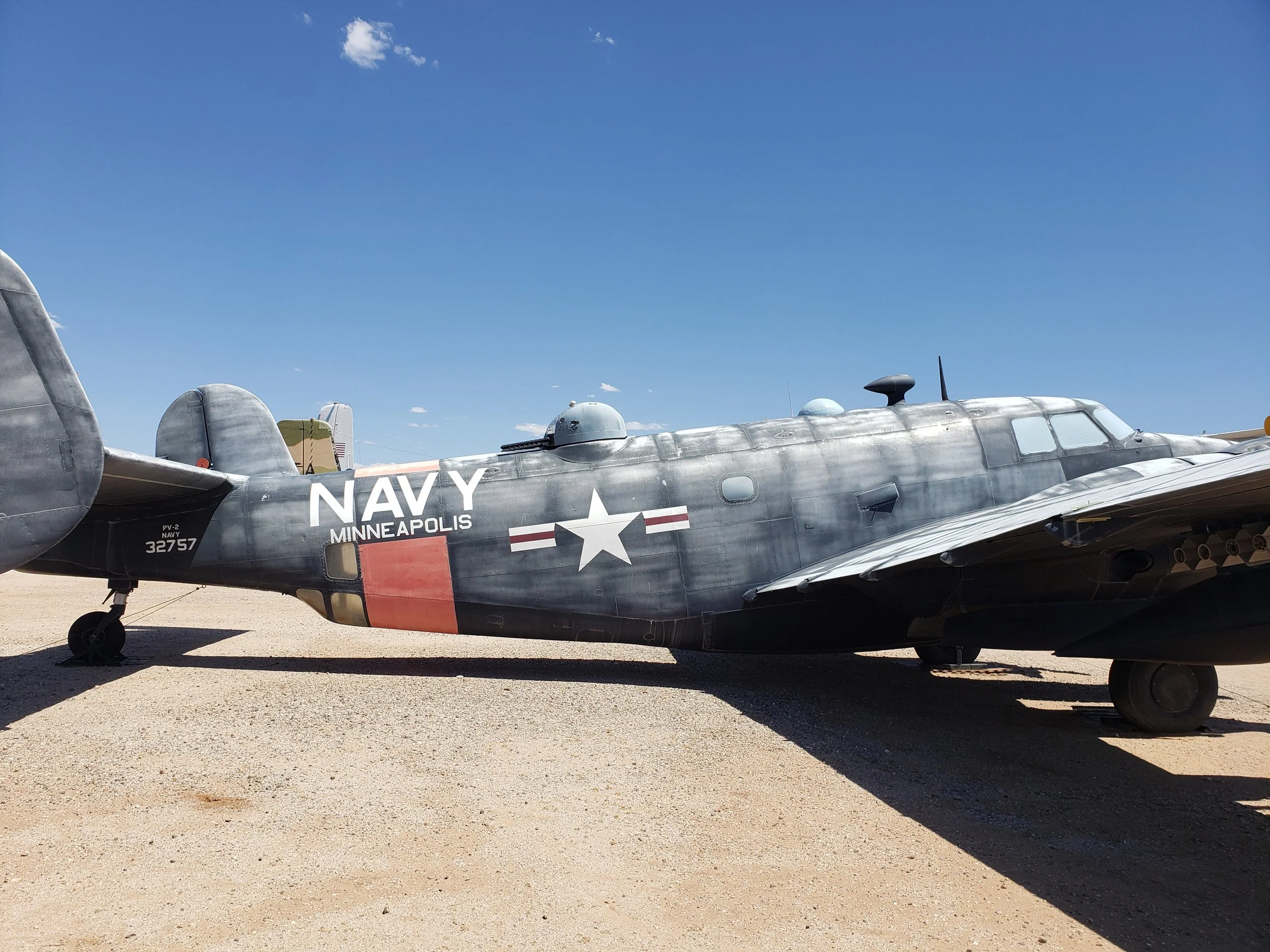My Father’s Million Dollar Education
He flew over Allied ships in Tokyo Bay as part of the Japanese surrender ceremony.
1942 - My father’s “Million Dollar Education” began when he enlisted in the V-5 Navy aviation program. They said he was a fraction too short but to come back in the morning when you’re slightly taller. It worked. The PV1 patrol bomber crew included the two pilots (my father is on the left), turret gunner, tail gunner, radio operator, and mechanic.
May 1943 - Passed his final flight test using a Taylor Cub and became a Navy Aviator.
Learned acrobatics and combat manuevers in N3N Biplanes.
Learned carrier landings, flying formations and emergency landings in Vultee Vibrators.
Learned to fly large, complex, twin engine Beechcraft AT-10s
Assigned to fly PV1 patrol bombers on shore patrol on the West coast. Then flew out of Hawaii and on to Tinian, Midway, Iwo Jima, Guam, Saipan, Japan and China.
Departed for the US on the aircraft carrier Ticonderoga and received his discharge in February 1946. He had proudly served his country, and his Million Dollar Education was complete.
